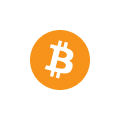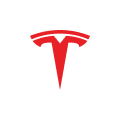getquin allows you to track and analyse all your investments in one place.
Easily import, monitor, and analyze all your investments with real-time data and powerful analytics to make informed decisions.Real-time data from LSX · Fundamentals & EOD data from FactSet · Crypto data from CoinGecko







